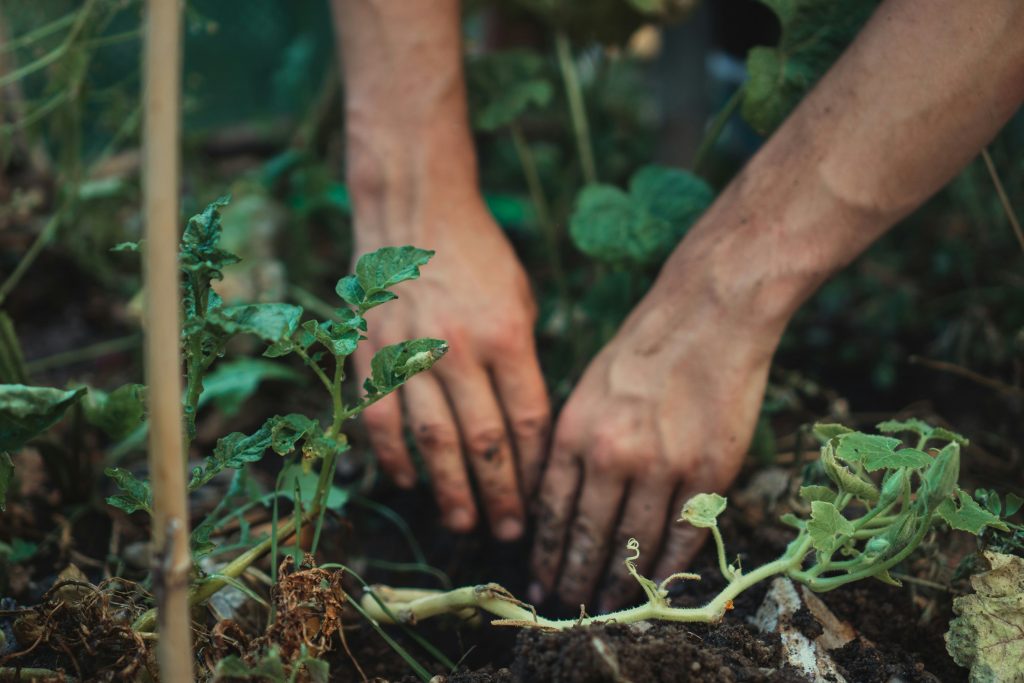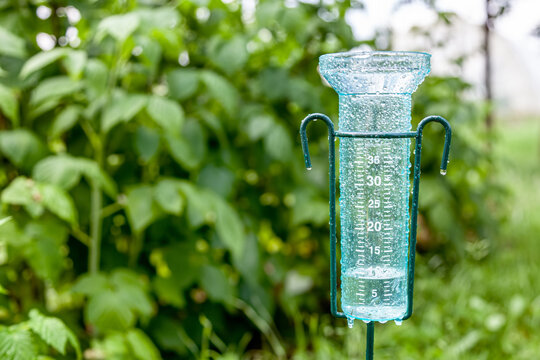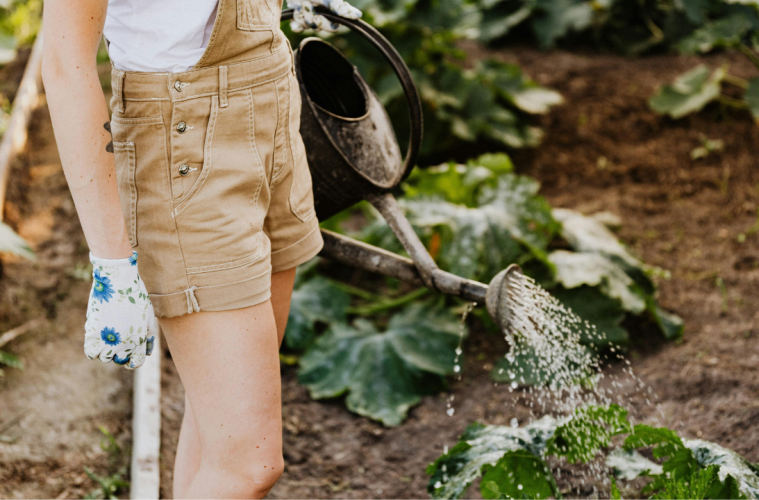Watering your vegetable garden seems like a simple task, but there are common mistakes that many gardeners make, leading to issues like pests, diseases, and even stunted growth.
To ensure your garden thrives, here are five watering mistakes to avoid:
Mistake 1: Watering the leaves
It’s a common misconception to water the entire plant, including its leaves, especially when you notice drooping foliage. However, this practice can create more harm than good. According to Shah, watering the leaves can invite pests and plant diseases.
Instead, focus on watering at the base of the plant to ensure the water reaches the roots. This encourages a healthy root system, allowing the plant to allocate its energy towards foliage growth and production. Drip irrigation or a watering wand are effective tools for delivering water directly to the base of the plants.
Mistake 2: Not checking soil moisture
Before reaching for your watering can, take a moment to check the moisture level of the soil. Insert your finger into the soil near the plants, ideally up to the second knuckle, and feel the moisture content.
If the soil feels dry, it’s a sign that watering is required. However, if it feels moist, it may not need immediate watering. Conversely, excessively wet soil indicates overwatering, which can suffocate the roots and lead to plant stress.

Pexels
Mistake 3: Watering in the heat
During hot weather, it’s tempting to water your garden when plants start to wilt. However, watering in the heat of the day can lead to water wastage through evaporation. It’s best to water your vegetable garden early in the morning when temperatures are cooler. This allows the plants to better withstand the heat later in the day.
Additionally, morning watering promotes deeper root growth and helps prevent plant diseases by allowing the leaves to dry throughout the day.
Read more: Beginner gardening mistakes to avoid
Mistake 4: Not using a rain gauge
While rain is beneficial for your garden, it’s essential to gauge how much water your plants are receiving. A rain gauge provides an accurate measurement of rainfall, helping you determine whether additional watering is necessary.
This tool is particularly helpful when it’s challenging to estimate how much rain your garden has received over a period. Alternatively, if you prefer not to use a rain gauge, you can assess soil moisture levels to determine if watering is needed.

Unsplash
Mistake 5: Underwatering or Overwatering
Finding the right balance is key when it comes to watering your vegetable garden. Overwatering can drown your plants and lead to root rot and fungal diseases, while underwatering can cause wilting and reduced productivity. Aim to provide your garden with about an inch of water per week to keep it healthy and thriving.
By avoiding these common watering mistakes and providing your vegetable garden with the care it needs, you can enjoy a bountiful harvest all season long.
ALSO READ: Rain water harvesting: everything you need to know
Feature image: Unsplash

